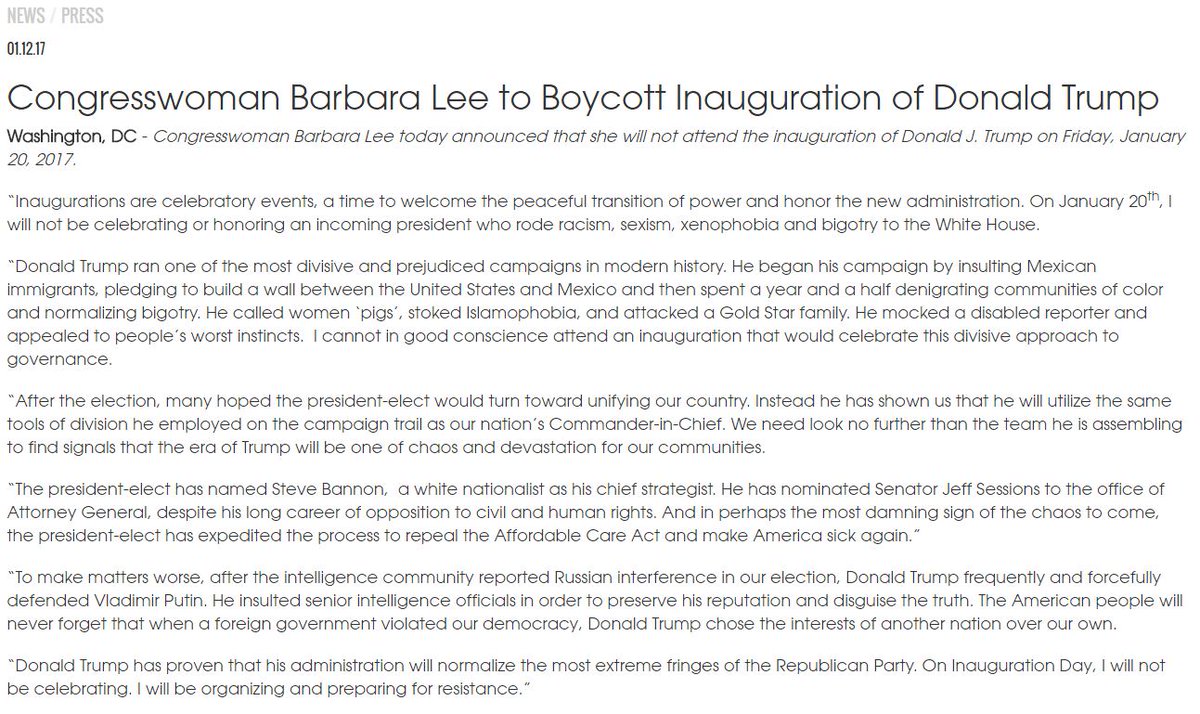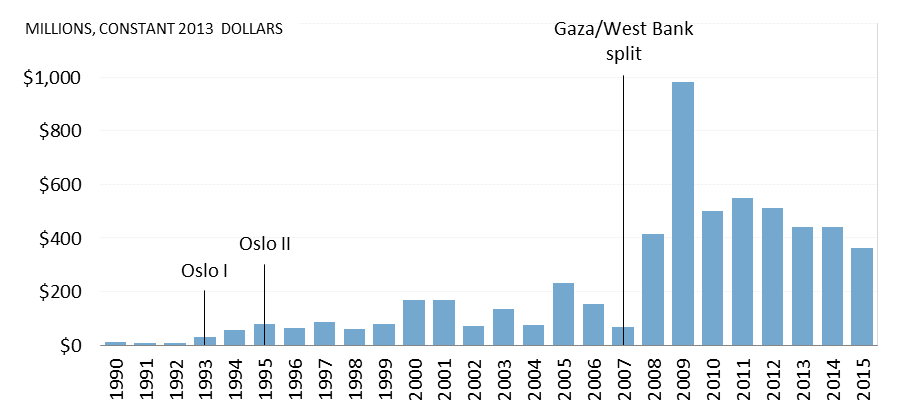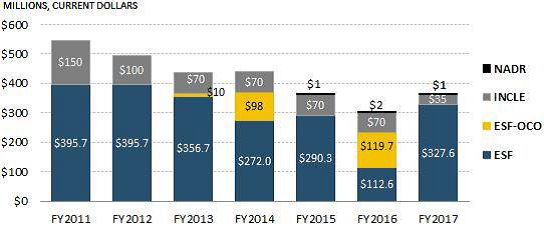There is historically to be a smooth transition of power. So far that has hardly been the case. While most Democrats say that Donald Trump won the most important seat in the free world, others are out there saying not so much.
Draining the swamp could be a rather easy political mission in DC due to many progressive powerbrokers being so unabashed at revealing who they are. Sure there are a number of them that refuse to attend the inauguration which is shameful. What they plan to do in that time period is in many cases even more shameful. Exactly what are they boycotting anyway?
This is going to be a wild ride and the left is making it worse beginning with cabinet nominees and future legislation.
Related reading: ACLU Demands That Body Cams Are Turned Off During Inauguration While They Intend To Record Police
****
The boycott movement began with Georgia Rep. John Lewis, a civil rights icon, who said he did not view Trump as a “legitimate president” because of allegations that Russia attempted to sway the election in Trump’s favor. After Trump responded with several highly critical tweets about Lewis, Democrats rallied behind Lewis, and as of Saturday night, 17 members of Congress have announced they will not attend.
None of the Democrats who are boycotting is part of the House leadership for the party. All except one of those who are received at least 64 percent of their district’s vote in the November election.Arizona Rep. Raúl Grijalva
“My absence is not motivated by disrespect for the office or motivated by disrespect for the government that we have in this great democracy, but as an individual act, yes, of defiance at the disrespect shown to millions and millions of Americans by this incoming administration, and the actions we are taking in this Congress,” Grijalva said on the House floor Friday, per CNN.
California Rep. Barbara Lee
But it will be worse than just boycotting January 20th. Sure there are countless protests planned and protests permits have been approved. So, what else you ask?****From the National Law Journal: The day after Donald Trump is sworn in as the 45th president the United States, hundreds of attorneys and activists are slated to gather in Washington to strategize on how best to resist “bad government” and coordinate pro bono efforts to protect civil rights.
They will spend two days meeting and discussing issues such as gerrymandering, human rights, better policing and U.S. Supreme Court confirmations during the so-called Rise Above conference. It’s scheduled to coincide with the Jan. 21 Women’s March on Washington.
Rise Above is co-sponsored by two fledging nonprofit groups formed in the wake of Trump’s election: the grassroots government accountability organization RISE When We Fall and the attorney-centric Lawyers for Good Government. They hope to create a “pro bono army to be on the front lines protecting our country and our values,” according to an announcement of the event.
The conference combines networking opportunities, an expo of nonprofit organizations, talks from experienced leaders intended to inspire attendees and a slew of panel discussions of specific legal and activism topics.
“One of the things that’s very important to us is to create a starting point,” said Traci Feit Love, a former DLA Piper associate who is the founder of Lawyers for Good Government. “Some people who are relatively new to activism are trying to figure out, ‘Where do we go from here? How do we approach the issues? What do we prioritize?'”
Some legal heavy hitters are on the agenda. SCOTUSBlog founder Tom Goldstein is scheduled to speak, as are Southern Poverty Law Center co-founder Joe Levin and newly-elected Rep. Jamie Raskin, D-Maryland, who previously taught Constitutional Law at American University Washington College of Law.
Love got the idea for what would become Lawyers for Good Government the day after the election, following a fruitless search to connect with like-minded lawyers in Facebook. The election results had given her a sense of urgency.
“As I was putting my 8-year-old daughter to bed the night of the election, it hit me what had just happened and what it might mean for the country,” she said. “It was a punch in the gut to me and, I think, a lot of other people.”
Love decided to create her own lawyer activist Facebook group called Lawyers of the Left, thinking that 200 or so might join. Within a week, membership swelled past 100,000. Love quickly concluded that lawyers inspired to fight back against Trump’s agenda needed more than just an online gathering place, and she created Lawyers for Good Government using the online lawyer community that coalesced immediately after the election as the foundation for the new effort.
“Everyone was asking, ‘What can we do?'” she said. “No one wanted to just talk about things. It felt like a responsibility to figure out how to help this group of people make the biggest impact.”
Rise Against will be the group’s first foray into live events, though the nearly $600 full ticket price has generated some criticism. Love said Monday that the group retooled parts of the conference in response to concerns that the high cost would shut out some would-be attendees. Organizers did away with a formal evening gala and priced tickets to the networking event at $20 to $40. But staging a large event during the busy inaugural weekend was expensive, and the two host groups lacked established budgets to subsidize costs. Tickets sales were needed to cover the bulk of event, which is being held at the Lincoln Theatre and the Mayflower Hotel, she said. Love is expecting about 1,000 attendees.
“I think one of the most important things this conference can do for us is create both personal relationships and that sense of connection that can sustain a movement beyond the initial energy,” Love said. “What’s likely to happen, due to human nature, is months go by and everyone starts to refocus on their day-to-day lives. We need to ensure that we can sustain the level of energy required to keep an eye on the new administration and Congress.”





